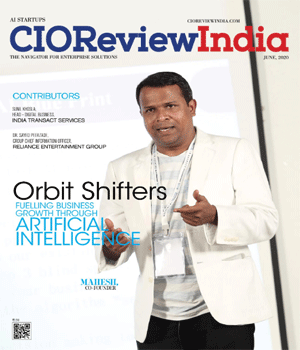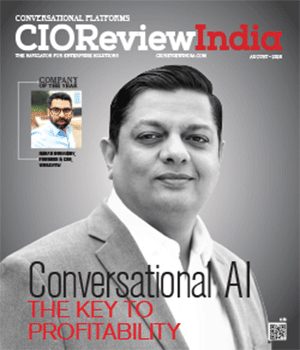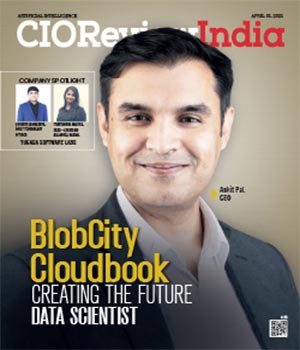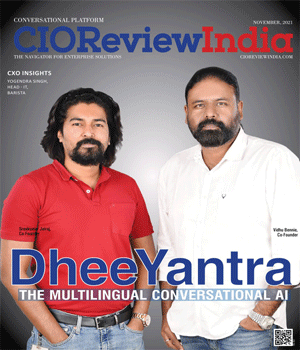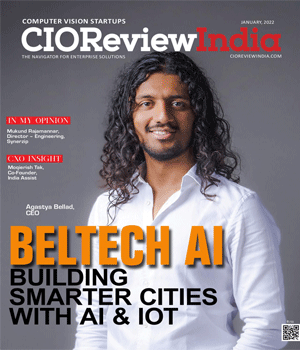
The powerful business case of AI based learning
By Jacqueline Pereira Mundkur,Founder & CEO,The Nxt Levels

Make no bones about it. The Post COVID 19 environment will catapult us into a new world order and force manifold changes. Substitution of many of the physical repetitive processes using AI driven technologies will gain momentum. Evidently, one such easy ‘win’ is in the case where both large and small organisations in India grapple with skilling or up-skilling of their frontline employees.
Training investments at the induction and onboarding stages or even, updating and upgrading the workforce are essential to deliver great customer experience and achieve revenue goals. Both HR and operational functions grapple with the task of ensuring that newly recruited employees ‘hit the floor running’ immediately. We have all faced ‘physical’ world obstacles like trainer and premises’ shortages, sub-optimal batch sizes etc.
The COVID-19 pandemic aftermath will force the world to evaluate digital solutions. An opportunity presents itself for multi-outlet retail organisations like banks, retailers, QSR, health clinics, or even contact centres, who constantly invest in training, on boarding and upskilling employees, to evaluate technology adoption initiatives for better outcomes. Our world is characterised by technological breakthroughs, digital transformation, a dynamic economic climate with significant proportion of the workforce comprising Gen Z and younger millennials. These digital natives aren’t enthusiastic about traditional huddles and classrooms to get their information to upskill themselves. They would ideally dip into information at their own pace, at their own volition favouring real-time updates on-the- go.
Decision Pre-requisites
Moving training processes to digital is not a cut & paste kind of operation and needs some fundamentals to be tackled first. Firstoff, conduct a scientific assessment of the existing gaps and challenges. Ask yourself the question why this new solution? What problem will it solve? A cross-functional team of HR, Operations function-heads and the CIO should agree on an end-to-end project plan which fits into the overarching digital strategy. To ensure project success, get a C-suite executive sponsor to ensure that all functions work together cohesively.
Remember that the frontline employee is your brand ambassador. The solution design for delivery should reflect different objectives pertaining to existing employees and new recruits.
Design prerequisites
In a previous organisation where we successfully executed a m-learning (mobile learning) initiative, we first conducted an in-depth survey. What emerged was that the frontline unsurprisingly, confirmed that a mobility-based tool would be preferred and suggested numerous simple ‘must-have’ features which were then baked into the final product. Perhaps one of the reasons for the success that followed was that it was co-created by the users themselves with these features;
o Personalised to their profile and reflective of their needs
o Real time and relevant information updates on products, promotions, competitive or market activity;
o Empowered to rate/like a promo, product, give ideas and share feedback
o Compare how they are faring vis a vis their peers
o Able to share and view best practices
o Able to broadcast best achievers for recognition on a national platform
o Best performer section- to benchmark and motivate them to do even better (since each employee was mapped to a team and a geography which entailed them to be compared and rated fuelling positive competition).
o Section for self-growth, career tips and tricks
Modules were short duration constantly refreshed and the inbuilt ML tool allowed us to feed different modules to different categories of employees depending on their experience, complaints associated with the store or interest shown in career tips or self-improvement modules.
Execution considerations
To meet aggressive timelines, we opted for ‘buy’ instead of ‘build’ and evaluated and shortlisted the best fit among multiple technology solution providers. In parallel, CX and Marketing functions along with HR worked developing content providers customised and designed to engage the audience. Gamification was built in as also unique ID. A strong governance and review mechanism were put in place and each function’s specific responsibilities were clearly defined.
For new employees, it was strategically decided to re-design the training delivery as a hybrid offline-online program and not a pure online self-administered one. Here also, each learner-employee was uniquely identifiable. Content was fed at pre-determined timeslots and instructions for completion of learning as well as post-module self-administered test were sent auto-notifications. Gamification again was an important feature. To improve engagement and encourage collaboration, any recommendation which was accepted was rewarded.
Measure of Success
For both use cases, the post-launch 90 days statistics were evaluated. Apart from positive employee feedback, individual usage data could be analysed. Multiple analysis ranging from content consumption to quality of content or, co-relation with customer experience, sales and overall productivity, 0-90 days attrition, net promoter score was measurable. Multiple functional stakeholders HR, technology, finance and operations could evaluate success through smart reports.
Postscript: Employee engagement is an iterative process with the entire nature of learning involving essential components like self-service, visual learning, collaboration, on-demand information. Continuing stakeholder interest and the supervisor’s role of constant feedback continues to be important. Remember, technology isn’t meant to automate humans out of the training process, but rather enhance and augment the human element to create the value differentiator.
CIO Viewpoint
Why Foolproof Facial Recognition Is Key Against...
By Joseph Sudheer Thumma, Global CEO & MD, Magellanic Cloud
National Technology Day 2025: Powering Progress...
By CIOTech Outlook Team
Aligning IT Roadmap with Business Objectives: A...
By Subhash singh Punjabi, CISO & Head Enterprise Architecture, Deepak Fertilisers & Petrochemicals Corporation Ltd
CXO Insights
Data Management Strategies for AI-Driven...
By Dr. Parul Naib, Head - Data Science and AI, Reserve Bank Innovation Hub
Revolutionizing Financial Services with...
By Srikanth Appana, Chief Technology Officer, Bajaj Auto Credit Ltd
How to Lead Large-Scale Digital Engineering...


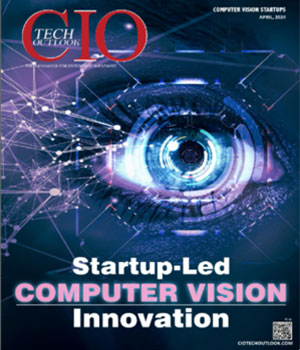
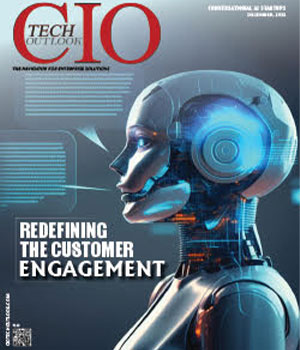
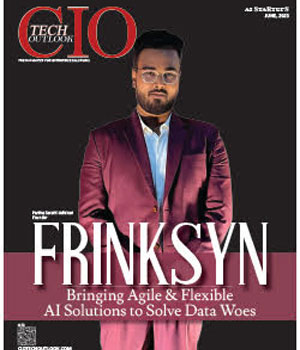
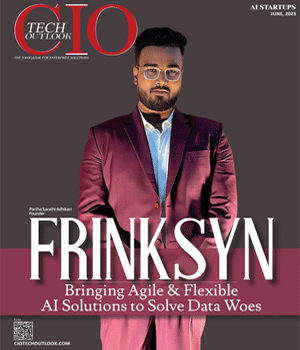
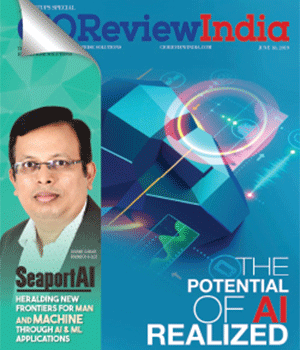
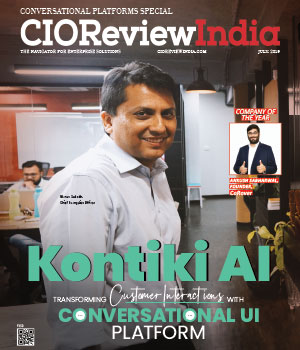
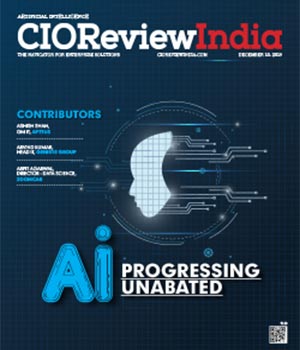
.jpg)
.jpg)
.jpg)
